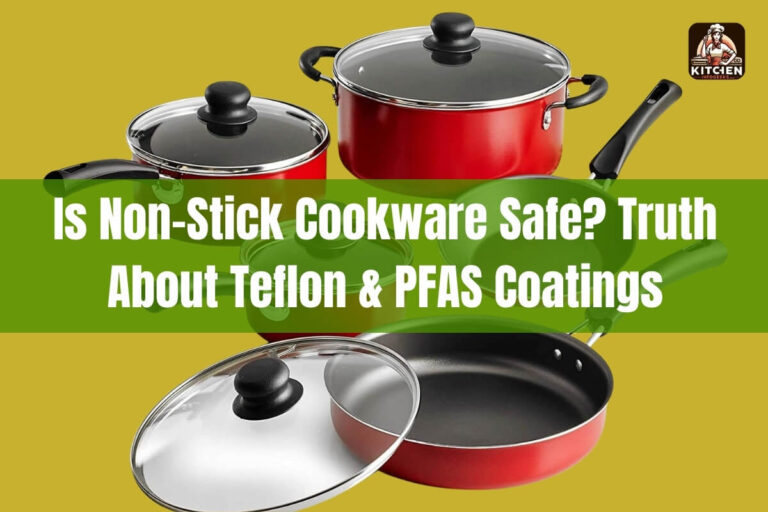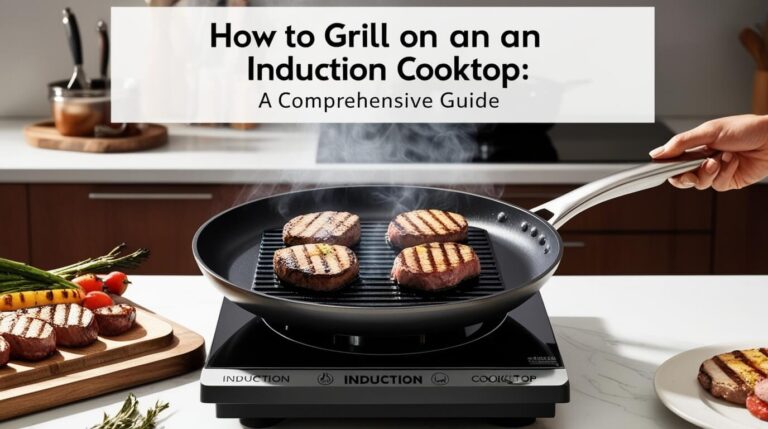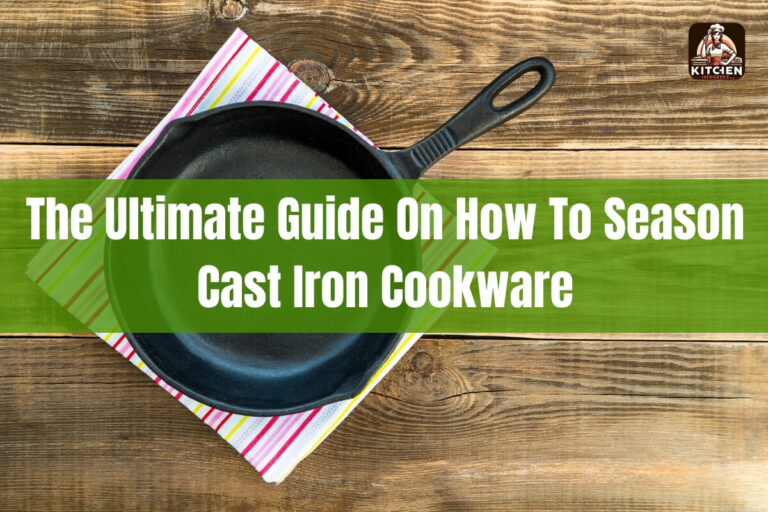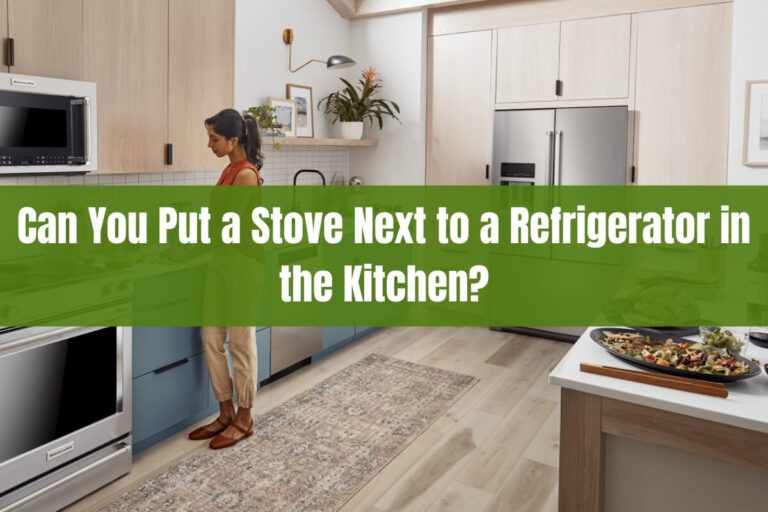
Have you ever wondered what those little icons on your oven, pots, and pans actually mean? With an array of symbols staring back at you, it’s easy to feel confused about which cookware is really oven safe. Understanding the oven safe symbol is crucial to prevent any kitchen mishaps and ensure your cooking experiences are smooth sailing.
The main oven safe symbol is typically an icon depicting a square or rectangle with an image of a small oven inside it. This indicates that the product has been approved and tested to withstand oven temperatures without warping, melting, or becoming damaged.
In this detailed guide, we’ll dive deep into the world of oven safe symbols, what they signify, other symbols to look out for, oven safety tips, and much more. So grab your oven mitts, and let’s get cooking!
What is the Oven Safe Symbol?
The oven safe symbol is a visual representation that the cookware or bakeware item can be safely used inside an oven for cooking or baking purposes. This symbol provides assurance that the product has undergone rigorous testing to withstand high oven temperatures without any risk of melting, warping, cracking, or releasing harmful chemicals.
While the exact design can vary slightly between manufacturers, the most common oven safe symbol depicts:
- A square or rectangular icon
- A small image of an oven inside the square/rectangle
Some manufacturers may include additional details like the maximum recommended oven temperature suitable for that specific product.
It’s important to note that not all kitchenware is oven safe. Items without this symbol should not be placed inside a hot oven, as they may release toxic fumes, melt, or become misshapen, potentially leading to injury or ruining your food.
Other Oven Symbols to Know
Along with the oven safe symbol, there are several other icons you may find on your cookware that provide valuable information about their proper usage. Let’s take a look at some of the most common ones:
Microwave Safe Symbol
Typically shown as squiggly lines or an image of a microwave, this symbol indicates that the item can be safely used for reheating or cooking food in a microwave oven. However, it’s crucial to remove any lids or covers before microwaving, as they may not be microwave-safe.
Dishwasher Safe Symbol
Represented by an image of dishes being sprayed with water, this symbol means the item can withstand the high temperatures and harsh detergents used in dishwashers without getting damaged or releasing any harmful chemicals.
Freezer Safe Symbol
A snowflake icon signifies that the cookware or container can be placed in the freezer for safe food storage without cracking or becoming brittle at low temperatures.
No Broiler Symbol
Some products may feature a symbol depicting a squared-off grill, often with a line or “X” across it. This warns against using the item under a broiler or exposing it to direct, intense heat from above, as it may crack or warp.
It’s essential to carefully check for these symbols before using any cookware or bakeware, as using them incorrectly could lead to damage or potential safety hazards.
Oven Safety Tips
While the oven safe symbol provides reassurance, it’s still crucial to follow some general safety guidelines when using your oven:
1. Preheat Properly: Always allow your oven to reach the desired temperature before placing any cookware inside. Sudden temperature changes can cause oven-safe items to crack or shatter.
2. Use Oven Mitts: Even oven-safe cookware can become extremely hot. Always use proper oven mitts or potholders to handle hot items safely.
3. Avoid Temperature Shocks: Never place a hot oven-safe dish directly on a cold or wet surface, as the sudden temperature change can cause it to crack or break. Allow it to cool gradually on a dry, heat-resistant surface.
4. Check for Cracks or Damages: Inspect your oven-safe cookware regularly for any cracks, chips, or damages. These defects can cause the item to become unsafe for oven use.
5. Follow Manufacturer Instructions: Always refer to the manufacturer’s instructions for your specific cookware or bakeware. They may provide additional guidelines or temperature limitations.
6. Use Appropriate Cookware: While glass, ceramic, and certain types of metal are generally oven-safe, avoid using plastic, wooden, or melamine cookware in the oven, as they can melt or release harmful fumes.
Following these simple safety tips can help prevent any accidents or mishaps while using your oven and ensure your cookware lasts for years to come.
Common Oven Safe Materials
Now that you understand the oven safe symbol and general safety guidelines, let’s explore some common materials that are typically oven-safe:
Glass and Ceramic
Glass and ceramic cookware, such as Pyrex, Corningware, and certain types of stoneware, are generally oven-safe up to certain temperatures (usually between 400°F and 500°F). However, it’s essential to check for any painted or decorated surfaces, as these may not be oven-safe.
Stainless Steel
Stainless steel is an excellent oven-safe material that can withstand high temperatures without warping or releasing any harmful chemicals. It’s a popular choice for baking sheets, roasting pans, and certain types of cookware.
Cast Iron
Cast iron cookware, like skillets and Dutch ovens, is incredibly durable and oven-safe, making it a favorite among home cooks and professional chefs alike. Cast iron can withstand temperatures up to 500°F or even higher, depending on the manufacturer’s recommendations.
Enamel-Coated Cookware
Enamel-coated cookware, such as Le Creuset or other high-quality brands, is generally oven-safe up to specific temperatures (usually around 500°F). However, it’s essential to check for any cracks or chips in the enamel coating, as these can cause the cookware to become unsafe for oven use.
Remember, while these materials are typically oven-safe, it’s always best to check for the oven safe symbol and follow the manufacturer’s instructions for your specific cookware or bakeware.
Tips for Oven Cooking Success
Now that you’re armed with knowledge about oven safe symbols and materials, let’s discuss some tips to help you achieve oven cooking success:
1. Preheat Properly: As mentioned earlier, preheating your oven to the desired temperature is crucial. This ensures even cooking and prevents any potential damage to your cookware or food.
2. Use the Right Cookware: Choose oven-safe cookware that’s appropriate for the dish you’re preparing. For example, use a deep baking dish or casserole for dishes with liquid, or a shallow baking sheet for cookies or roasting vegetables.
3. Rotate and Rotate: Rotating your cookware halfway through the cooking time can help ensure even heat distribution and prevent hot spots or uneven cooking.
4. Use Oven Thermometers: Oven temperatures can fluctuate, so it’s always a good idea to use an oven thermometer to monitor the actual temperature inside your oven.
5. Adjust Cooking Times: Keep in mind that using different cookware materials can affect cooking times. Glass and ceramic cookware may require slightly longer cooking times compared to metal pans.
6. Allow for Proper Cooling: After cooking, always allow your oven-safe cookware to cool completely on a heat-resistant surface before handling or cleaning.
By following these tips and paying close attention to the oven safe symbols on your cookware, you’ll be well on your way to becoming an oven cooking pro!
In summary,
The oven safe symbol is a crucial indicator that your cookware or bakeware can withstand high oven temperatures without any risk of damage or releasing harmful chemicals. By understanding this symbol and following proper safety guidelines, you can confidently use your oven to create delicious meals and baked goods with ease. Remember to always check for other symbols, use the appropriate materials, and follow the manufacturer’s instructions for the best results. Happy (and safe) cooking!






